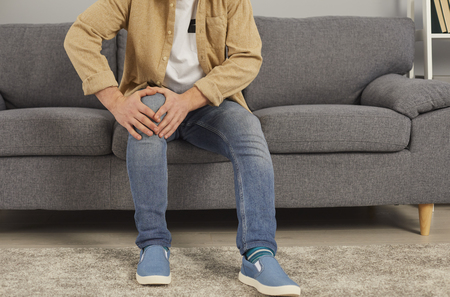Sitting too much! Is it dangerous?
With the development of technology and changing our lifestyles, we spend a lot of time sitting whether we are at home or work. Sitting too much is an addiction now! The majority of the routine has come to be linked with sitting. For example, we wake up in the morning, we sit down for breakfast, then we sit in the vehicle on our way to work, and then we sit at work all day before driving home and sitting on the sofa watching TV or browsing the Internet. The numbers don’t lie Do you really sit for long periods? Or it’s several times but for short periods. Let’s put that into numbers. Suppose you sleep eight hours a day and there are sixteen hours left. Often your routine includes: It takes about 45 minutes to drive to work Work at the office for 8 hours You eat lunch in 45 minutes or an hour It takes about 45 minutes to get home Eat dinner in 30 minutes Watching TV, reading or browsing the Internet and social networking sites for 3 hours The total sitting time during the day is approximately 14 hours! But what is the problem with sitting?! Sitting too much and for long periods can affect your health and research has shown that it can lead to many health problems such as: Being overweight or obese Unhealthy levels of blood sugar and type 2 diabetes. Research indicates that people who spend more time sitting have a 112% risk of developing diabetes. Increased risk of heart disease because your heart and cardiovascular system work more effectively when standing. Weakness and atrophy of the muscles of the legs. If these muscles are weak, you can hurt yourself by falling and straining when exercising. Increased risk of anxiety and depression in people who sit more. This may be because people who spend a lot of time sitting miss out on the positive effects of physical activity and fitness. But fortunately, it has been proven that if we watch TV for less than two hours a day, we can reduce the risk of developing pre-existing health problems. Exercising regularly – at least 150 minutes a week – and reducing sitting time will also help.
Sitting too much! Is it dangerous? Read More »












